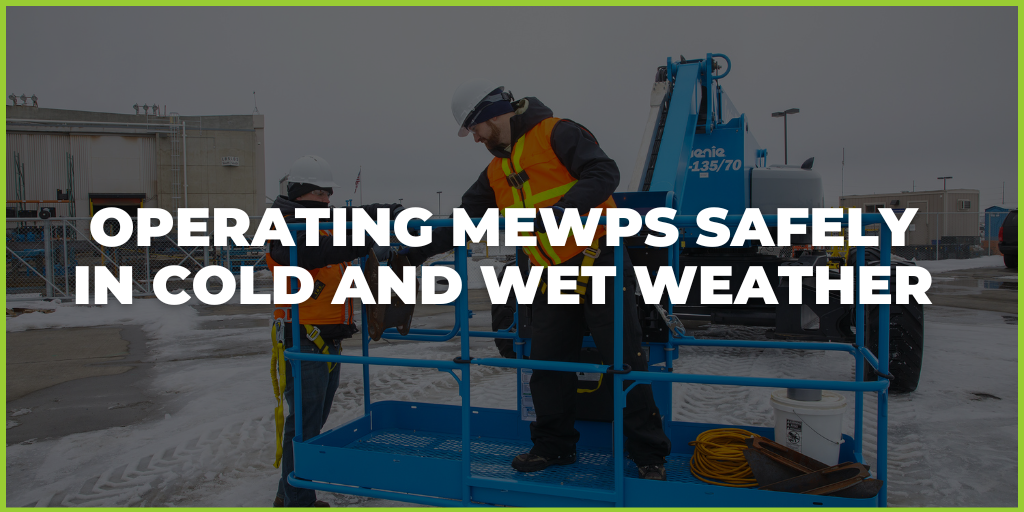The Work at Height Regulations 2005 (WAHR) were implemented with the purpose of preventing death or injury caused by falling from a height. The legislation defines work at height as ‘work in any place where, if there were no precautions in place, a person could fall a distance liable to cause personal injury.’ The regulations apply to anybody who controls working at height – in almost all cases an employer. As a brief recap on the high level obligations – avoid working at height when practical to do so, where it can’t be avoided choose the right type of equipment for the scenario, and minimise the distance and consequences of a fall.
How to comply with the regulations:
Those with a duty of care under the regulations must ensure:
- All work at height is properly planned and organised;
- All work at height takes account of weather conditions that could endanger health and safety;
- Those involved in work at height are trained and competent;
- The place where work at height is done is safe;
- Equipment for work at height is appropriately inspected;
- The risks from fragile surfaces are properly controlled; and
- The risks from falling objects are properly controlled.
Assessing the risk
It is clear that the employer with a duty of care is expected to assess the risk and act accordingly. The details of this are not prescriptive, and there is an expectation that the individual with the duty of care will take practical steps. Factors to consider include:
- The height of the task;
- The frequency and duration;
- The condition of the surface.
Based on the assessment of the risk, suitable measure should be taken. There will also be occasions where the risk is suitably low that no specific precautions need to be taken.
Other key regulatory points
Weather Regulation – Work must be postponed if weather conditions pose a danger to health or safety.
Competent Person - Everyone involved in the work must be competent. This also extends to those involved in planning, supervision, and maintenance of equipment.
Training – If all risk can’t be eliminated, those working at height must receive training on how to avoid falling, and furthermore how to avoid or minimise injury in the event they do fall.
Safe Place of Work – The employer must ensure the place of work, including the access route, is safe and precautions are in place to avoid a fall.
Selection of Equipment – The most suitable equipment should be selected, including appropriate personal and collective protection measures.
Inspection – Each area and all equipment should be inspected on each occasion before use commences.
Fragile Surfaces – Nobody working under the employer’s control should go near to a fragile surface unless there is no other practicable way for the work to be carried out, in which case additional precautionary measures should be taken.
Falling Objects – Measures should be taken, where reasonably practicable, to prevent objects from falling that may cause injury.
Safe Place of Work – The employer must ensure the place of work, including the access route, is safe and precautions are in place to avoid a fall.
In Summary
The WAHR is prescriptive in some areas, and in others there is an expectation of those with a duty of care to ensure working at height is safe through practical application of their obligations. The HSE is a useful place for guidance, but many businesses find it beneficial to take advice from an expert provider of working at height equipment such as HLS.





